Design and Developed by V3i technology @ All Rights Reserved by The Planet Update
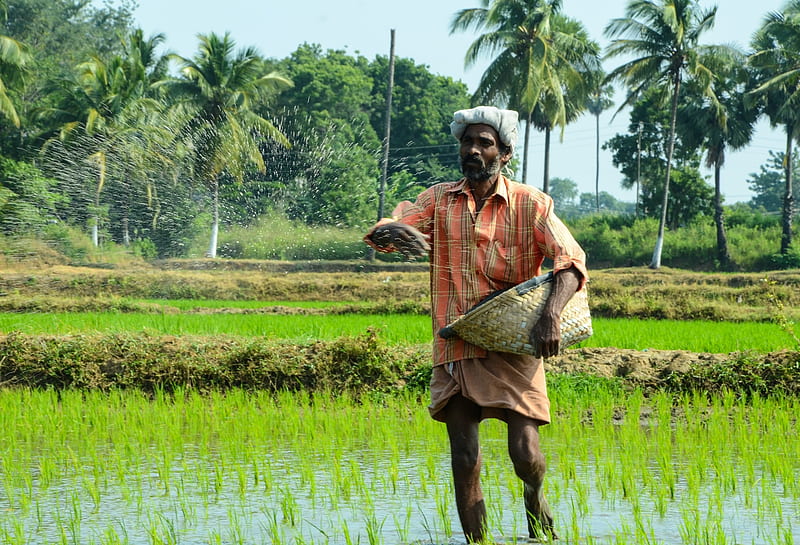
Agriculture is the practice of cultivating plants and livestock. It is the foundation of human civilization and provides the world with food, fiber, and fuel. Agriculture is a complex and ever-changing field, and it can be difficult to stay up-to-date on the latest trends and technologies.
This online guide is designed to provide farmers, ranchers, and other agricultural professionals with the information they need to succeed in the 21st century. It covers a wide range of topics, including:
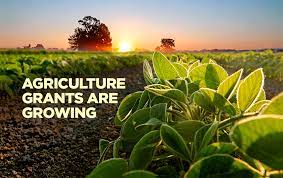
In addition to these general topics, the online guide also includes a number of specialized sections on specific crops, livestock, and agricultural practices. For example, there are sections on organic farming, aquaculture, and precision agriculture.
The online guide is updated regularly to reflect the latest advances in agricultural research and technology. It is also designed to be user-friendly, so that farmers and ranchers of all skill levels can find the information they need.
Crop production is the process of growing plants for food, fiber, or fuel. It is one of the oldest and most important human activities. Crop production can be divided into two main categories: arable farming and plantation farming.
Arable farming is the cultivation of crops on land that is tilled and planted each year. Plantation farming is the cultivation of perennial crops, such as coffee, tea, and rubber, on large estates.
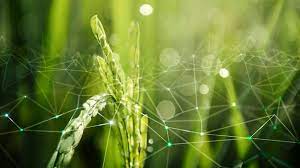
Soil preparation: The soil must be prepared for planting by removing weeds and debris, and by adding fertilizer and other amendments. Planting: The seeds or seedlings are planted in the prepared soil. Fertilization: Fertilizer is added to the soil to provide the plants with the nutrients they need to grow.
Irrigation: The crops are watered regularly, especially during hot, dry weather. Pest control: Pests and diseases can damage or destroy crops, so it is important to control them. Harvesting: When the crops are mature, they are harvested. New technologies in crop production
There are a number of new technologies that are being used in crop production. These technologies can help farmers to produce more food with fewer resources, and to reduce the environmental impact of agriculture.
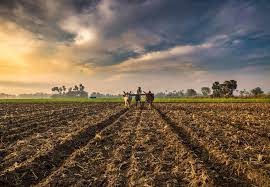
Precision agriculture: Precision agriculture is the use of sensors and other technologies to collect data about crops and soil. This data can be used to make more informed decisions about fertilization, irrigation, and pest control.
Vertical farming: Vertical farming is the practice of growing crops in vertically stacked layers. This allows farmers to produce more food on less land.
Gene editing: Gene editing is a technology that can be used to modify the genes of plants. This can be used to create plants that are more resistant to pests and diseases, or that have other desirable traits.
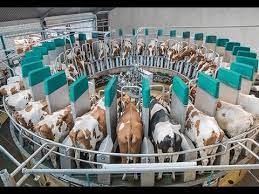
Livestock production is the process of raising animals for food, fiber, or other products. It is one of the oldest and most important human activities. Livestock production can be divided into two main categories: intensive livestock production and extensive livestock production.
Intensive livestock production is the raising of animals in confined spaces, such as feedlots and poultry houses. Extensive livestock production is the raising of animals on open land, such as pastures and ranges.
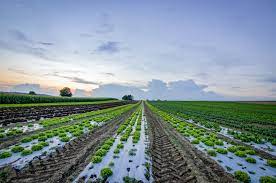
Animal husbandry: Animal husbandry is the care and management of livestock. It includes providing animals with food, water, shelter, and veterinary care. Nutrition: Livestock need a balanced diet to stay healthy and productive. The diet should include protein, carbohydrates, fats, vitamins, and minerals. Health management: Livestock are susceptible to a variety of diseases and pests. It is important to implement health management practices, such as vaccination and deworming, to keep animals healthy. Breeding: Breeding is the selection of animals for desirable traits, such as rapid growth, high milk production, or lean meat.
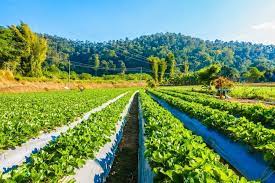
There are a number of new technologies that are being used in livestock production. These technologies can help farmers to produce more food with fewer resources, and to improve the welfare of livestock.
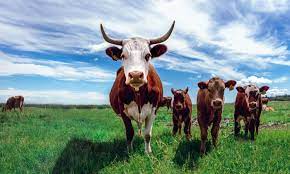
Precision livestock farming: Precision livestock farming is the use of sensors and other technologies to collect data about livestock. This data can be used to make more informed decisions about feeding, watering, and health care.
Artificial insemination: Artificial insemination is a technique that is used to breed livestock. It allows farmers to breed their animals with the best genetics
Agriculture is the practice of cultivating plants and livestock. It is the foundation of human civilization and provides the world with food, fiber, and fuel. Agriculture is a complex and ever-changing field, and it can be difficult to stay up-to-date on the latest trends and technologies.

Agriculture also plays an important role in the economy, providing jobs and generating income for millions of people around the world.